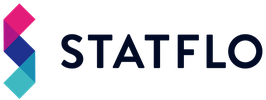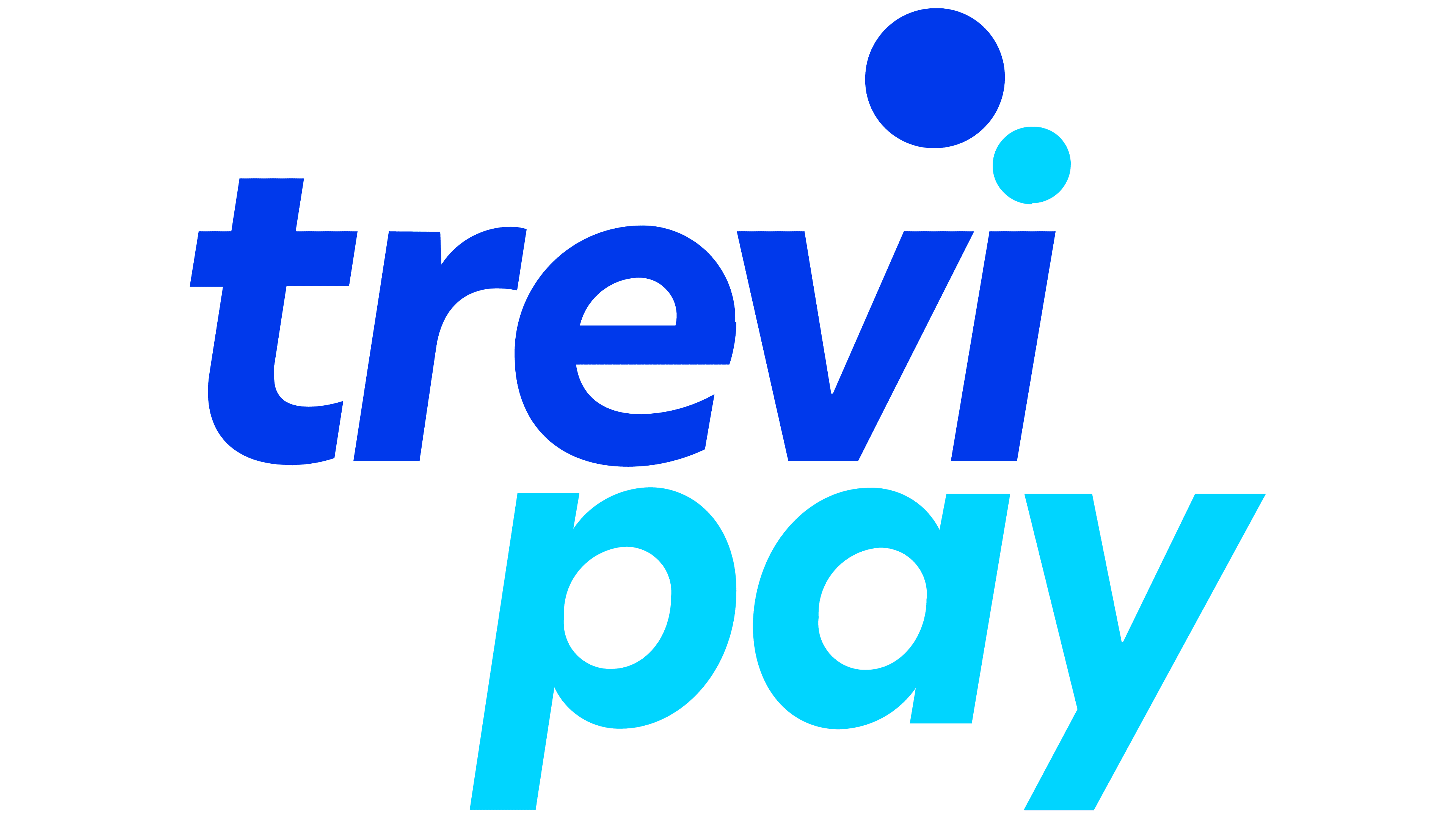Hybrid Attribution
With "dark social" channels like podcasts, communities, and social becoming larger drivers of how organizations create demand, it isn't enough to rely on digital touchpoint attribution. Learn how to incorporate self-reported attribution into your digital touchpoint attribution strategy.
What is Hybrid Attribution?
Hybrid attribution is the idea that software-based attribution does a great job at measuring the channels that capture demand, but misses some channels that create demand. The channels that cannot be measured by software-based attribution are sometimes referred to as "dark social" and examples include podcasts, communities, word of mouth, referrals, and social.
An Example
Acme Company has a podcast where they interview other experts in their space. The podcast is quite popular and episodes frequently great shared on LinkedIn and Twitter.
Amy, a potential customer of Acme Company, is subscribed to the podcast and listens to most episodes. She recently got promoted into a new role and has a need and budget for Acme Company's product. Amy goes to Google, searches the "Acme Company" and requests a demo from their website.
Software-based attribution would associate the demo request as "Google Organic" missing that the podcast created the demand while Google simply captured the demand.
What's the solution?
The solution is to implement hybrid attribution, which combines software-based attribution with self-reported attribution. Self-reported attribution simply means adding a field to your high intent (demo request, contact us, request a quote, etc) forms asking "How did you hear about us?". Align.ly Attribution then makes it easy to combine both methods into all your reports and dashboards.
Ready to take the next step?
Take a deeper dive into all the features and functionality of
Align.ly Attribution for Salesforce.
Trusted by The Fastest Growing Companies
We are proud and honored to have the following companies as our customers.





















